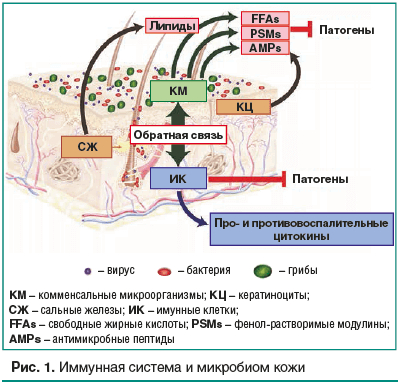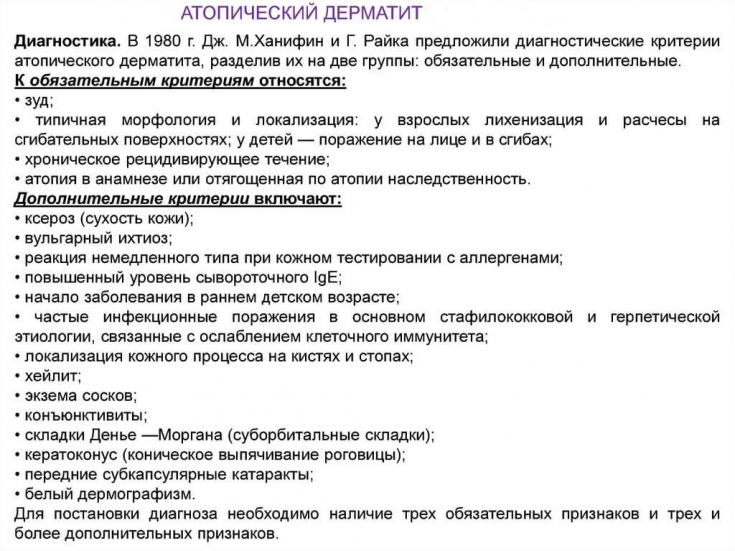Leather – it is a multifunctional organ that protects the body from mechanical damage, exposure to adverse factors, provides thermoregulation and immune protection, and takes part in metabolism.
The skin also performs a barrier function: on the one hand, it does not allow pathogenic factors to enter the body, and on the other hand − prevents the loss of fluid and other substances necessary for the body.
Find out in the article on estet-portal.com what causes xerosis in children and what are the modern approaches to the treatment of this pathology.
- Skin features that contribute to the development of xerosis in children
- Dangerous consequences of xerosis development in children
- Approaches to the prevention and treatment of xerosis in childrenth
Skin features that contribute to the development of xerosis in children
Skin barrier dysfunction, which is accompanied by dry skin, is one of the most common problems in young children.
All types of dry skin are usually referred to by one term – xerosis.
At the same time, dry skin is the main symptom of most dermatological diseases, in particular manifestations of atopic dermatitis in children.
Barrier function in children, especially in newborns and young children, is imperfect and develops gradually as the body grows during the first two years of life.
Follow us on Instagram!
Since the barrier properties of the skin are not sufficiently developed in newborns and young children, the occurrence of xerosis under the influence of various endogenous and exogenous factors occurs more often, faster and is accompanied by more pronounced consequences compared to adultsmi.
In the presence of xerosis in children, the sensitivity of the skin to allergens, as well as bacteria and viruses, increases.
Dangerous consequences of xerosis development in children
Xerosis in children is one of the risk factors for the development of allergic inflammation, since when the function of the epidermal barrier is impaired, susceptibility to allergens, microorganisms increases, which leads to the release of cytokines and other inflammatory mediators.
Recently, it has been established that one of the causes of skin barrier dysfunction may be deficiency of antimicrobial peptides.
Causes, risk factors and prevention of diaper dermatitis
There are about 20 different antimicrobial proteins.
The most studied are the two groups − cathelicides (LL-37) and beta-defensins which exhibit synergistic antimicrobial activity against staphylococci and fungi and accumulate in the skin when it inflammation.

Thus, a vicious circle is formed, in which xerosis in children occupies a leading place: dry skin weakensthe barrier properties, and pathogenic factors increase dryness of the skin.
Approaches to the prevention and treatment of xerosis in children
The normal metabolism of intercellular lipids requires acidic environment of the stratum corneum.
The surface of the skin of the newborn is covered with a secretion with a close to neutral reaction.
For example, in the area of the skin folds of a newborn, the pH of the skin is 6.7.
After only a few weeks after birth, this indicator approaches values close to those of adults − 5.3.
All the dermatologist needs to know about topical glucocorticoids
Normal (acidic) pH level promotes the synthesis of lipids responsible for the barrier properties of the epidermis, and also has an antimicrobial effect.
Increased pH lowers the rate of skin lipid metabolism and may lead to colonization of pathogenic microorganisms on the surface.
- Peculiarities of skin care in children.
Due to the natural tendency of children to develop xerosis, skin care for newborns and young children is essential, and not just a cosmetic and hygienic procedure.
Care must be caring and very careful.
In particular, for hygiene procedures in young children , ordinary soap should not be used, which can act as an additional irritant and increase skin dryness.
Emollient creams containing lanolin, petroleum jelly are also not recommended, as they can lead to skin irritation and comedonogenic effect.

All moisturizers and emollients that are applied to the baby's skin must:
- be similar in composition and concentration to the physiological lipids of healthy skin;
- have a high security profile;
- be hypoallergenic.
modern emollients (emollients that reduce skin irritation) meet these requirements.
A new antibiotic in the treatment of pyoderma
In recent years, a number of special scientific studies have been carried out confirming the effectiveness of emollients in skin care for children of different ages, especially their positive role for the prevention of atopic dermatitis.
Regular use of emollients in newborns has been shown to reduce the risk of atopic dermatitis by 30-50%.
Many scientific studies have confirmed a reduction in the manifestations of xerosis in infants and older children without atopic dermatitis with the use of emollients.







Add a comment